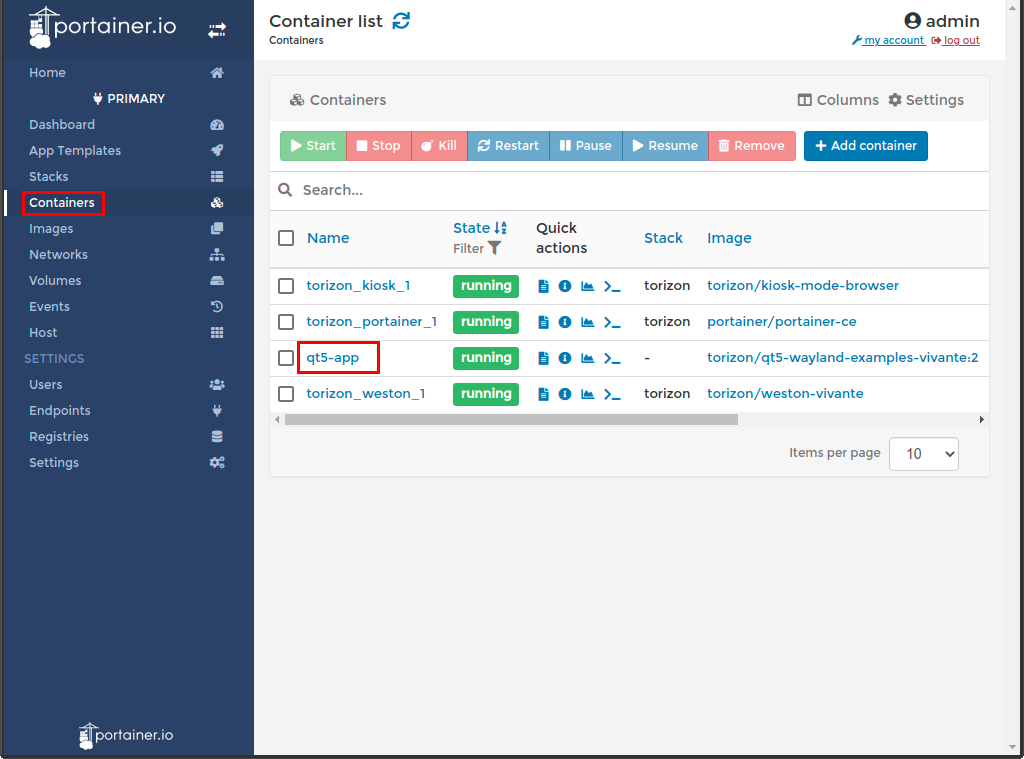
Now that I’ve hopefully convinced you to implement an NGINX reverse proxy, let’s get started. When you implement HTTPS (and you should), instead of having to implement it on every individual web server you have setup, you can handle it all on your NGINX reverse proxy. This means you only have to set up port forwarding once and whenever you create a new site, all you have to do is add an additional configuration listing to NGINX. Simplifies your deployment: If you’re hosting multiple sites, an NGINX reverse proxy can greatly simplify your implementation by giving you a single point to manage your traffic.Improved performance: NGINX can be used to cache static content which means that not only is content returned faster to the client, but since it often means that the upstream server doesn’t even need to be contacted, it can take a lot of the load off your backend servers.Security: By standing between the client and the backend server, the reverse proxy provides a degree of separation.Based on the host specified in the header, NGINX can route a request to the proper backend server (in a reverse proxy, this is also known as an upstream server). It accomplishes this by listening on a port (usually port 80 for HTTP traffic) and parsing the http request header for the host.

Flexibility: An NGINX reverse proxy can allow you to host multiple sites/domains with only one IP address.

It can also greatly simplify your deployment: Prototypical NGINX reverse proxy diagram What are these dividends you speak of?Ī reverse proxy can give you additional flexibility, security, and even a performance bump. Based on the information requested by the client, it then routes the request to the appropriate backend server and makes sure the backend server’s response makes it back to the appropriate client. What Does a Reverse Proxy Do?Ī reverse proxy serves as a sort of dispatcher by acting as a central contact point for clients.

It doesn’t take a lot to setup- NGINX is so efficient it can even be run on something as simple as a Raspberry Pi and it pays you back in dividends once you’ve got it up and running. Honestly, this should be the first thing you build in your homelab. If you’re running a web server out of your homelab (and you should), you really should consider running your servers behind an NGINX reverse proxy.


 0 kommentar(er)
0 kommentar(er)
